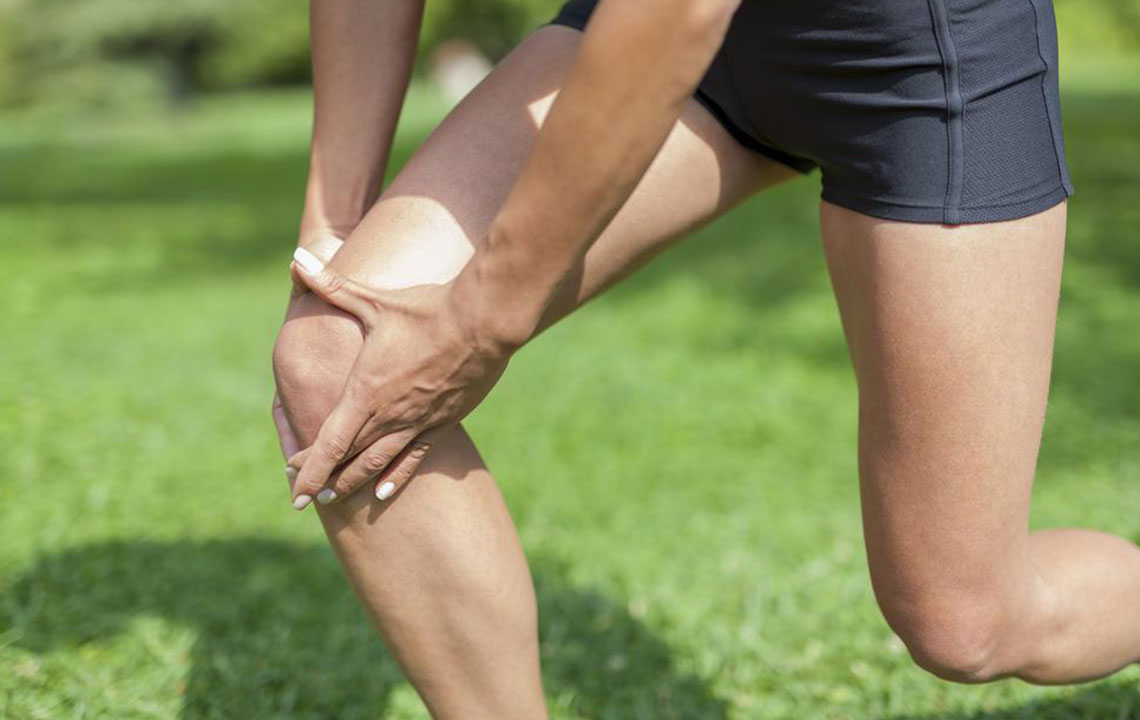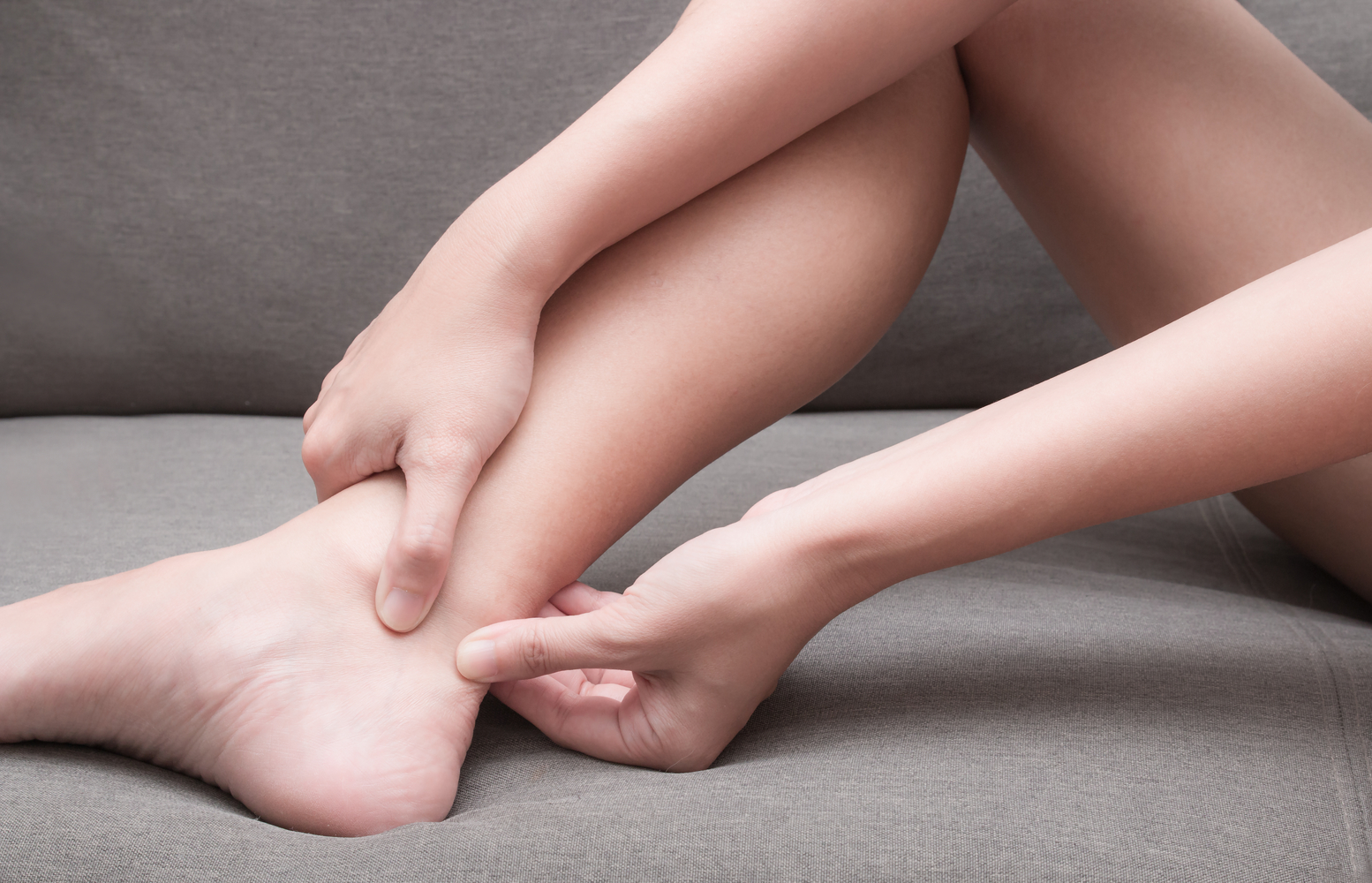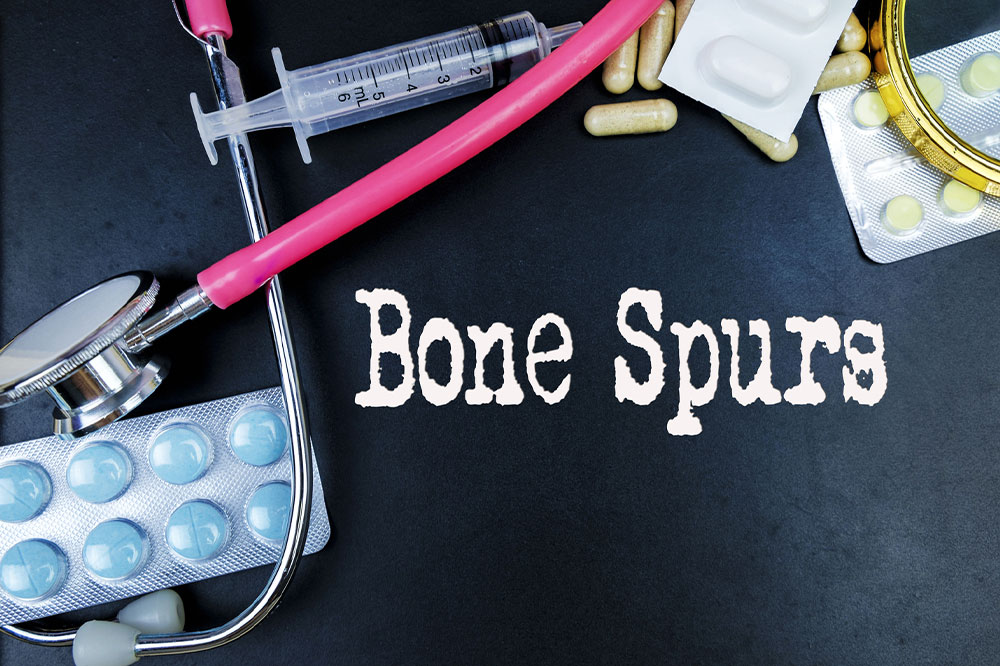Comprehensive Guide to Bone Spurs: Causes, Symptoms, Prevention, and Treatment Strategies
Bone spurs, or osteophytes, are bony projections that develop as a natural response to joint damage, often causing pain and mobility issues. This detailed guide explores their causes, common locations, symptoms, diagnostic methods, treatment options, and preventive strategies. Understanding these aspects helps in early detection and effective management to prevent severe complications. Whether caused by arthritis, overuse, or genetic factors, recognizing the signs of bone spurs and seeking timely treatment can significantly improve quality of life and joint health.

Comprehensive Guide to Bone Spurs: Causes, Symptoms, Prevention, and Treatment Strategies
Understanding Bone Spurs Bone spurs, medically known as osteophytes, are bony projections that develop along the edges of bones. They are often a consequence of the body's natural response to joint or bone damage, acting as a repair mechanism. While they can be harmless in some cases, in others, they may cause significant discomfort, limited mobility, and nerve-related issues. Recognizing the causes, symptoms, and treatment options for bone spurs can greatly improve management and quality of life.
Common Locations for Bone Spurs
Bone spurs can manifest in various parts of the body, especially in areas subjected to frequent stress or degenerative changes. Some of the most common locations include:
Hips: Often associated with osteoarthritis, causing pain and stiffness
Shoulders: Can limit range of motion and lead to impingement
Knees: Common in individuals with joint degeneration
Hands: Frequently seen in finger joints, impacting dexterity
Neck (Cervical spine): Can cause neck pain and nerve compression
Spine (Lumbar and Thoracic regions): May lead to nerve pinching and back pain
Heels (particularly Plantar aponeurosis): Known as heel spurs, can cause heel pain
Causes of Bone Spurs
The development of bone spurs is primarily linked to the body’s attempt to heal or adapt to damage and degeneration. Several factors contribute to their formation:
Joint Damage and Repair: Repetitive injuries or wear and tear stimulate bone growth as a reparative response
Arthritis: Osteoarthritis and other degenerative joint diseases accelerate spur formation due to cartilage breakdown
Obesity: Excess weight increases joint stress, promoting spur development
Genetic Factors: Family history can predispose individuals to develop spurs
Repetitive Overuse: Continuous stress from activities such as sports or manual labor
Congenital Bone Issues: Some individuals are born with bone irregularities that lead to spur growth
Spinal Narrowing (Stenosis): Degenerative changes in the spine can provoke bone spur formation
Symptoms of Bone Spurs
Bone spurs can sometimes be asymptomatic, but when symptoms do occur, they can significantly affect daily life. Common signs and symptoms include:
Visible bony bumps or lumps that can be felt under the skin
Persistent joint pain and stiffness, especially during movement or activity
Muscle cramps, weakness, or spasms caused by nerve irritation
Difficulty controlling certain bodily functions if nerve compression is severe
Neural symptoms such as tingling, numbness, or increased sensitivity in affected areas
Weakness or numbness in limbs due to nerve impingement
In extreme cases, fragments of the spur can break off and become lodged within the joint, leading to 'loose bodies' that impair mobility and cause further discomfort.
Diagnosis Procedures
Accurate diagnosis of bone spurs involves several imaging techniques and tests:
X-ray Imaging: A primary tool to visualize bone growths and assess joint space
CT Scans: Provide detailed 3D images to evaluate the extent of bony projections
MRI (Magnetic Resonance Imaging): Used especially for soft tissue and nerve involvement
Electroconductive Studies: EMG or nerve conduction tests to identify nerve and muscle damage
Consulting with a healthcare professional for proper assessment ensures accurate diagnosis and effective treatment planning.
Treatment Strategies for Bone Spurs
Managing bone spurs involves a combination of conservative therapies and invasive procedures, depending on severity:
Medications: Over-the-counter NSAIDs like ibuprofen or acetaminophen can alleviate pain and reduce inflammation. However, long-term use requires caution due to potential side effects.
Rest and Activity Modification: Allowing affected joints or areas to heal by avoiding stress-inducing activities
Steroid Injections: Corticosteroid injections can provide significant relief from pain and swelling in inflamed areas
Physical Therapy: Customized exercises help strengthen surrounding muscles, improve joint flexibility, and reduce pressure on bones
Surgical Intervention: In severe or persistent cases, surgical removal of the spur may be necessary to restore function and relieve pain
Prevention and Lifestyle Tips
Preventing bone spurs involves proactive lifestyle choices and early intervention:
Wear supportive footwear with good cushioning and ample toe room to reduce joint stress
Seek professional help for custom orthotic solutions to minimize uneven pressure distribution
Maintain a diet rich in calcium, vitamin D, and other nutrients vital for bone health
Opt for stairs instead of elevators to promote bone strength and cardiovascular health
Engage in regular weight-bearing exercises like walking, jogging, or strength training
Avoid excessive weight gain, which adds undue stress to joints
Monitor and respond promptly to joint pain or discomfort by consulting healthcare providers early
Recognizing and treating bone spurs early can prevent serious complications, improve mobility, and enhance overall well-being. If experiencing persistent joint or bone pain, prompt consultation with a healthcare professional is essential for effective management and recovery.





